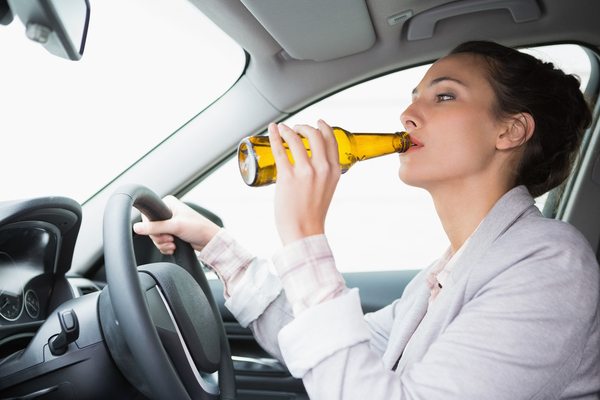DUI Crash Highlights Alcohol Abuse and Addiction in Oregon

A funny thing happened on the way to the rehab center.
In what may be the “Irony of all Ironies,” on Monday, May 30, 2017, an 18-year-old man from Sutherlin entered a drug and alcohol abuse center in Roseburg. While that may ordinarily sound like a good thing, the young man had not actually chosen the center as his destination and, in fact, did not walk in the entrance, but crashed his pickup truck into the facility. His blood alcohol level was nearly four times the legal limit. Police arrested him on 14 different charges, including DUI.
When questioned a week after the incident, the young man had no recollection of crashing into the rehab center, or the Grand Am, the Tacoma, or the Mercedes that he destroyed crossing the parking lot. He told police that he had no idea why he had driven from Glide to Roseburg, a distance of about 17 miles. Police suspect that his inability to recollect may be directly related to his blood alcohol level of 0.316 and the 20 empty beer bottles in the back of his truck.

Driving Under the Influence
DUI is no laughing matter. That young man is lucky to be alive. Perhaps the saddest part of the story is that where he ended up at 7:30 that Monday evening is where he should have been headed.
We commonly speak in terms of “the legal limit” for blood alcohol. There is a subtle deception in how we interpret that phrase. We infer that “legal limit” is “what we can get away with.” The truth is that a blood alcohol level of 0.08 (the recognized “legal limit”) is really the point at which a person is legally considered “impaired.”
We may even take the word “impaired” too lightly. Merriam-Webster defines impaired as “unable to function normally or safely.” Dictionary.com calls it “deficient or incompetent; functioning poorly.”
Perhaps we would all have a better understanding of DUI if it were more universally known as “Driving While Unable to Function.”

Do Not Underestimate Inebriation
Although it may be difficult to legally draw a direct line from 20 empty beer bottles to that young man’s blood-alcohol level at the time of the incident, it certainly makes a clear case for probable cause. This is especially true because impairment is almost always a result of binge drinking.
Although thankfully no one died in the incident, it is worth noting that the driver fits two out of four common binge drinking characteristics listed on our website.
- Binge drinking causes 80,000 deaths in America each year
- Binge drinking is most common among 18 to 34-year-olds
- Men are twice as likely to binge drink than women
- Binge drinking accounts for 90 percent of all underage drinking
It is nearly impossible to separate DUI from binge drinking.

Dangers Usually Interconnect
The Centers for Disease Control has documented some sobering (or at least they should be) statistics about drinking while impaired. Consider that every day 28 people in the United States die “in motor vehicle crashes that involve an alcohol-impaired driver.”
- That is one person in the U.S. every 58 minutes.
- That is 10,220 people in the U.S. every year.
- That is one-tenth of all alcohol-related deaths in the U.S.
The rate of alcohol-related deaths has been 2.2 percent in the state of Oregon over the ten-year period from 2003-2012. The number for the state of Washington is only one-tenth of a percent less. If the percentage seems minor, consider that it represents an average of 192 people every year, nearly one every other day.
The truth is that nothing funny happened on the way to the rehab center. Nothing funny ever happens on the way to the rehab center. It is always something tragic. The tragedy is being in bondage to alcohol. If you are experiencing a personal problem with alcohol, do not wait until it is too late. Contact us today to learn how we can help.




